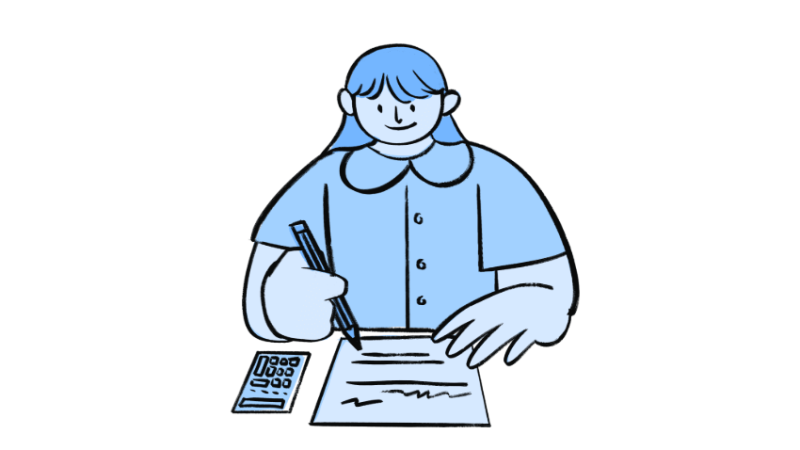Prime numbers – 11 of the best maths resources for KS2
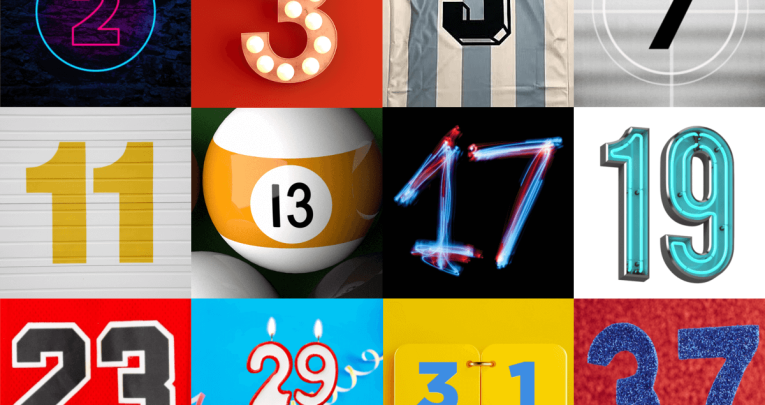
What is a prime number? Why are they important? These worksheets, activities, ideas and resources will help answer these questions and more for your Year 5 and Year 6 maths students…

- by Teachwire
- Classroom expertise and free resources for teachers

What is a prime number?
A prime number is a number whose only factors are 1 and itself. More plainly, a number that can only be divided by one or itself to produce a whole number.
Is 1 a prime number?
No. While it may fit the above definition of what a prime number is (1 can be divided by 1, and itself, which is also 1), a more-accurate definition of a prime number would be “a positive integer that has exactly two positive divisors“. But the number 1 only has one positive divisor.
Prime numbers to 100
2, 3, 5, 7, 11, 13, 17, 19, 23, 29, 31, 37, 41, 43, 47, 53, 59, 61, 67, 71, 73, 79, 83, 89, 97
Why are prime numbers important?
As our very own Colin Foster explains: “Breaking a number down into its prime factors is a bit like breaking down a chemical molecule into is constituent elements – you really discover its structure. Since every whole number can be factorised into a unique product of primes, the prime numbers really form the basis for generating all the whole numbers that there are.”
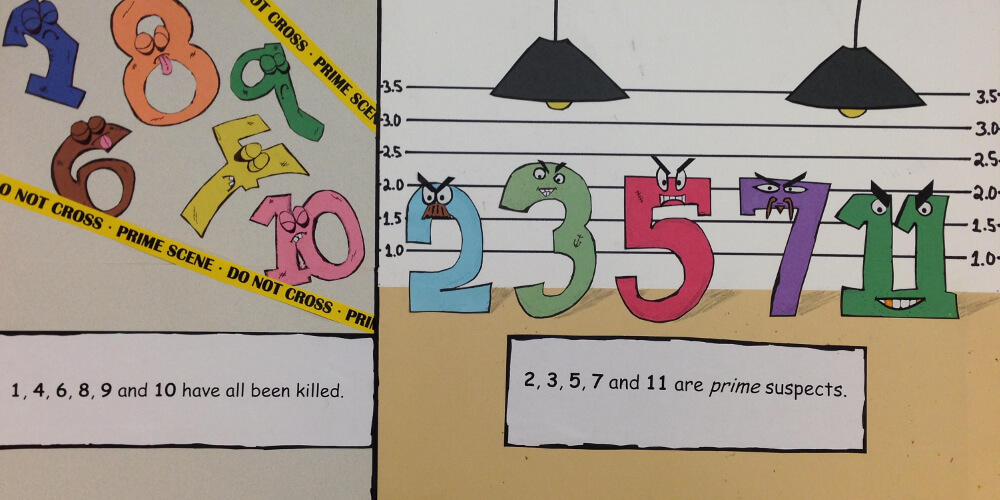
Now, on to the resources.
1 | Prime number worksheets
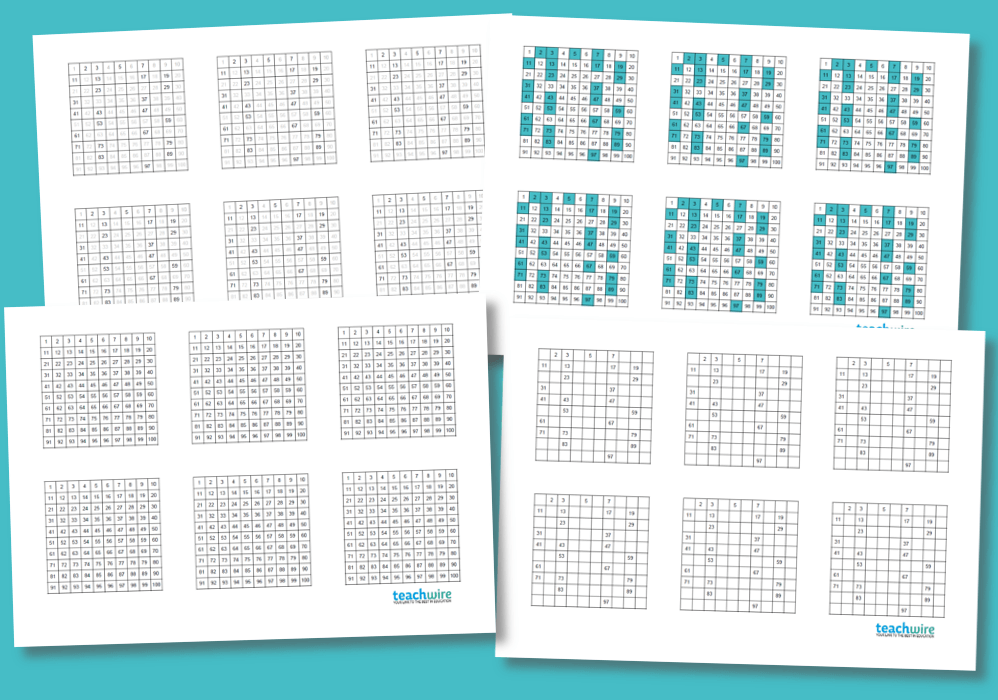
These free printable worksheets use 100 squares to look at prime numbers.
There are four PDFs each with a different variation, and there are six 100 squares to a page.
- The first is a simple 100 square for children to try to pick out the prime numbers
- The second has the prime numbers coloured up
- The third only features the prime numbers with the rest of the squares empty
- The fourth has the non-prime numbers in a light grey so it’s more ink-friendly than sheet 2
2 | Prime numbers step by step
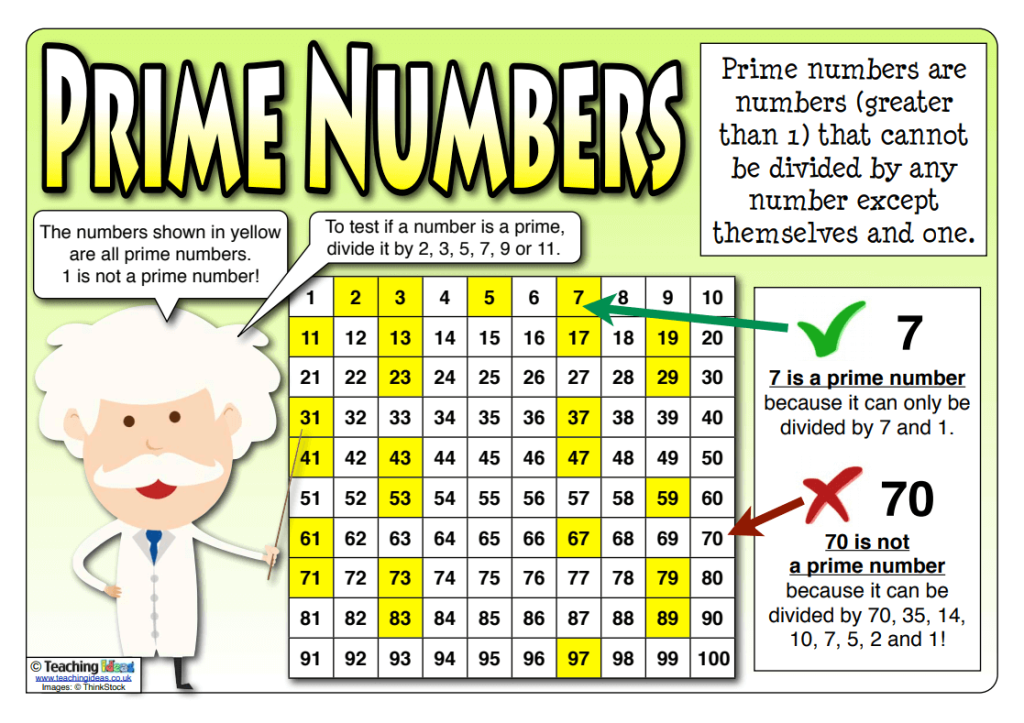
If you’re looking for a guide on walking your students through the process of figuring out the prime numbers on a 100-square these step-by-step instructions from Teaching Ideas may come in handy.
They are:
- Start by crossing off 1, because all prime numbers are greater than 1
- Keep number 2, because it’s a prime, but cross off all multiples of 2 (the rest of the even numbers)
- Number 3 is also prime, so keep it, and cross off any remaining multiples of 3
- 4 has been crossed off, so go to the next number, which is 5. Again, keep it, but cross off any multiples of 5 that are still left
- The final number left in the first row is number 7, so keep it, and cross off its multiples
- That’s it! You’ve finished! All remaining numbers are prime numbers
Download the above prime numbers poster here.
3 | Finding prime numbers – The sieve of Eratosthenes
For something like prime numbers, getting children to wrap their heads around the idea isn’t always straightforward, so watching may be a better approach.
This video runs through the method for finding primes up to 100 known as the sieve of Eratosthenes.
This is basically what we ran through in the last resource, but in video form.
4 | Prime numbers to 100 interactive game
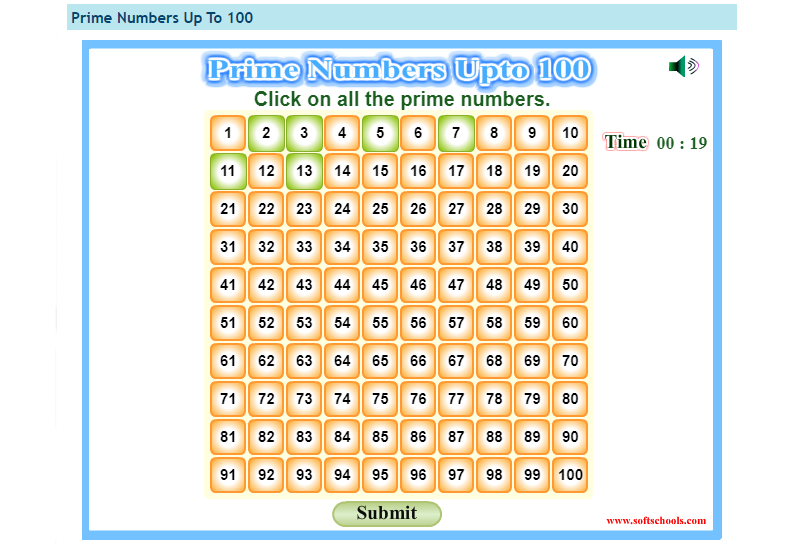
If you want an alternative to doing it on paper, then this game tests children’s knowledge of primes by getting them to click the correct answers on an interactive 100 square.
5 | Fastest method to find prime numbers from 1 to 100
Using a 100 square to find primes makes sense, but it doesn’t exactly show a nice pattern that’s easy to figure out and remember. This trick, however, does.
It involves writing the numbers 1-100 out in rows of 6, which makes finding and crossing out the non-primes much easier.
Watch it and see.
6 | What makes prime numbers special?
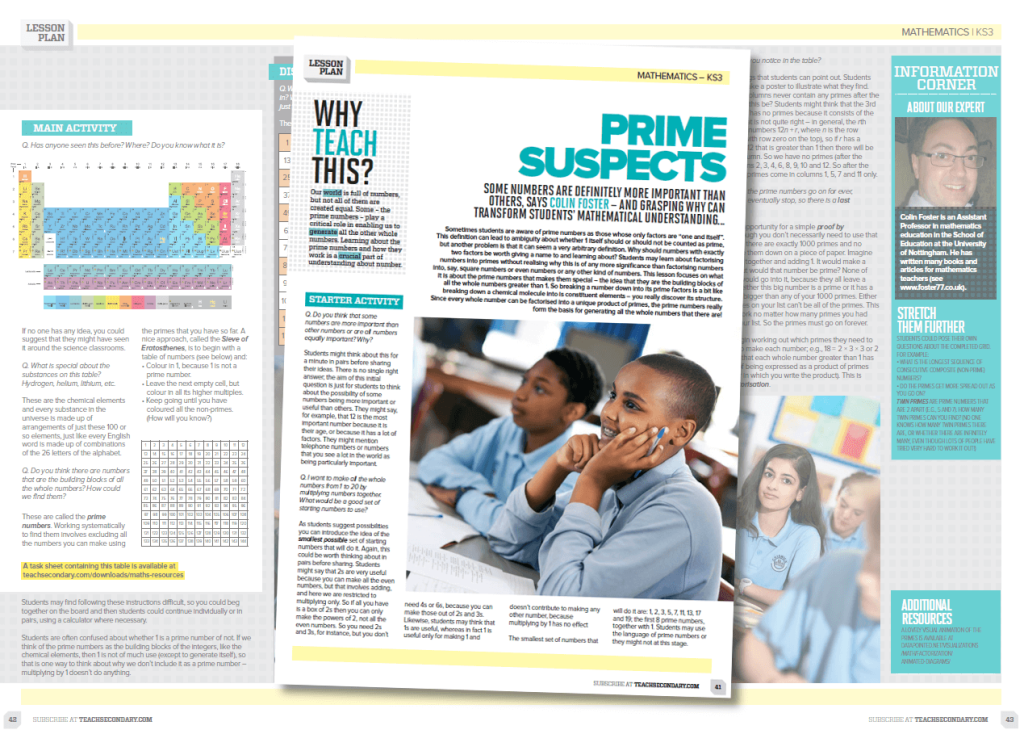
Prime numbers are all around us, and they’re important, yet some are more important than others. Help your pupils discover how and why that is, using this free lesson plan from Colin Foster.
It is a Key Stage 3 lesson, but there might be some ideas and activities that you can use or adapt for Year 5 and 6 pupils
7 | Euclid’s theory
Why are prime numbers so important? In this BBC video, lovable star of QI, Alan Davies, asks Marcus du Sautoy, Professor of Mathematics at Oxford University, who talks through the answer in a fascinating and easy-to-follow manner.
8 | Prime number patterns worksheet and PowerPoint
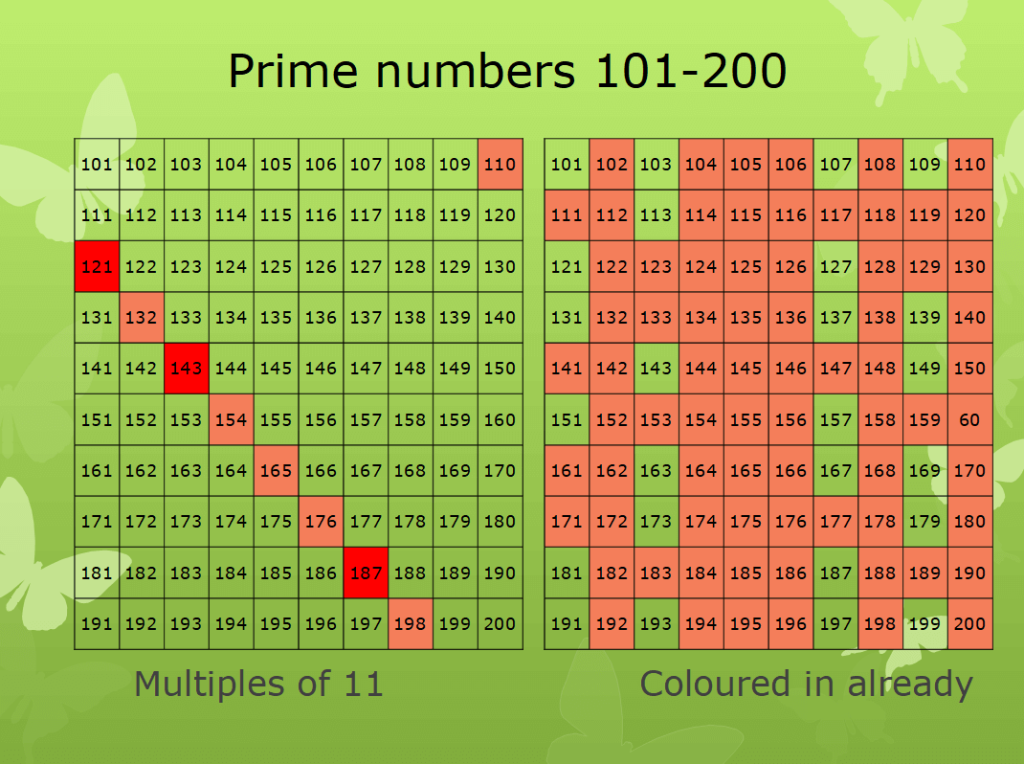
These prime numbers resources from Peter Barnett come as a PDF worksheet and a PowerPoint presentation.
The worksheets ask children to keep a tally of how many prime numbers there are in various number ranges to see if they can spot patterns, and then to put their findings into bar graphs.
The PowerPoint meanwhile walks you through finding out the prime numbers on 100 squares (including 101-200).
Click these links to download the PDF and the PowerPoint.
9 | Prime number resources and information
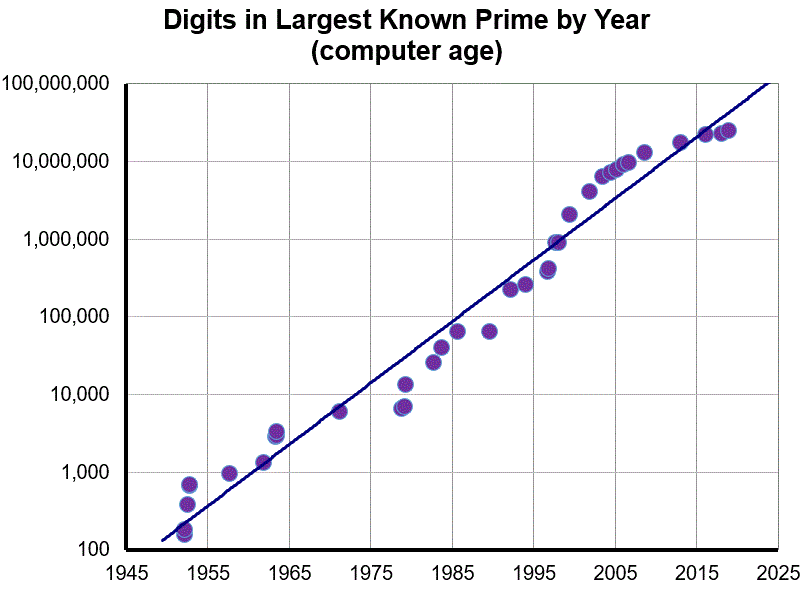
Over at the EEF website they’ve compiled a whole page of useful facts and information on prime numbers.
There’s the first 1,000 primes, a “very quick algorithm for proving primality for integers less than 340,000,000,000,000” which looks like staring at The Matrix code to me, and a list of the largest known primes.
“What’s the largest known prime number?” you might ask? Well, apparently it’s 282589933-1 which seemingly has 24,862,048 digits. Good to know.
It’s all rather advanced to be of any use to primary children, but it has a bunch of crazy facts like these to spice up your lesson, and graphs like the one above that charts the largest known prime number by year.
10 | Prime numbers maze worksheets
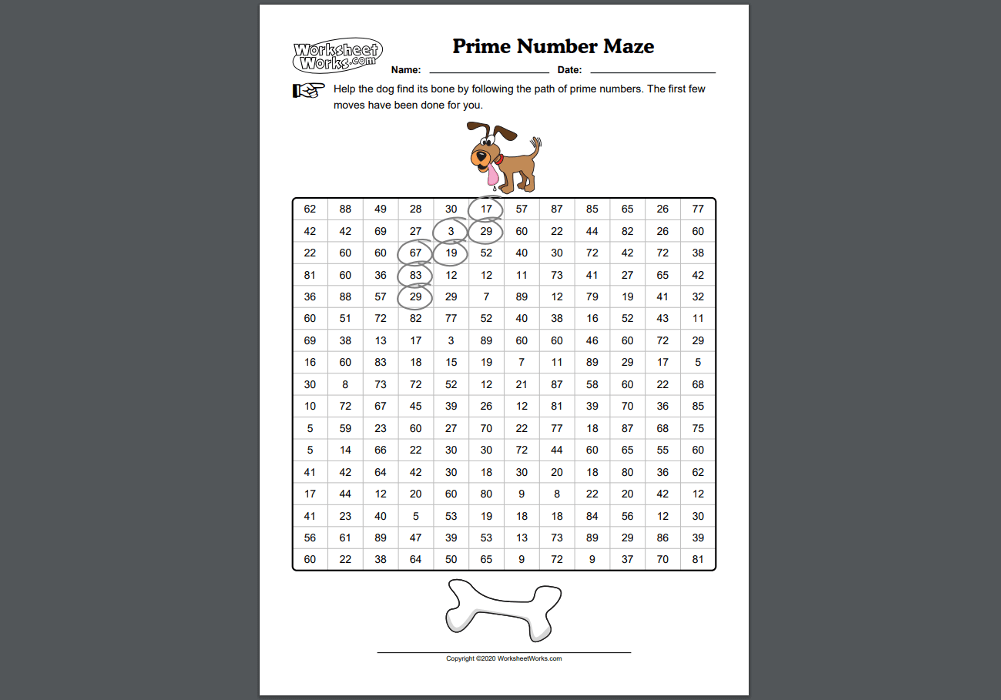
This resource creates a customisable prime numbers maze worksheet for you to download and print, where children need to circle the primes that are connected to find their way through.
You can choose to have the highest number be anything from 50-100, have pupils find their way from top to bottom or top to middle, have fewer cells to make it easier and even choose themes like the dog chasing a bone or a dinosaur looking for dinner.
11 | Prime numbers quiz
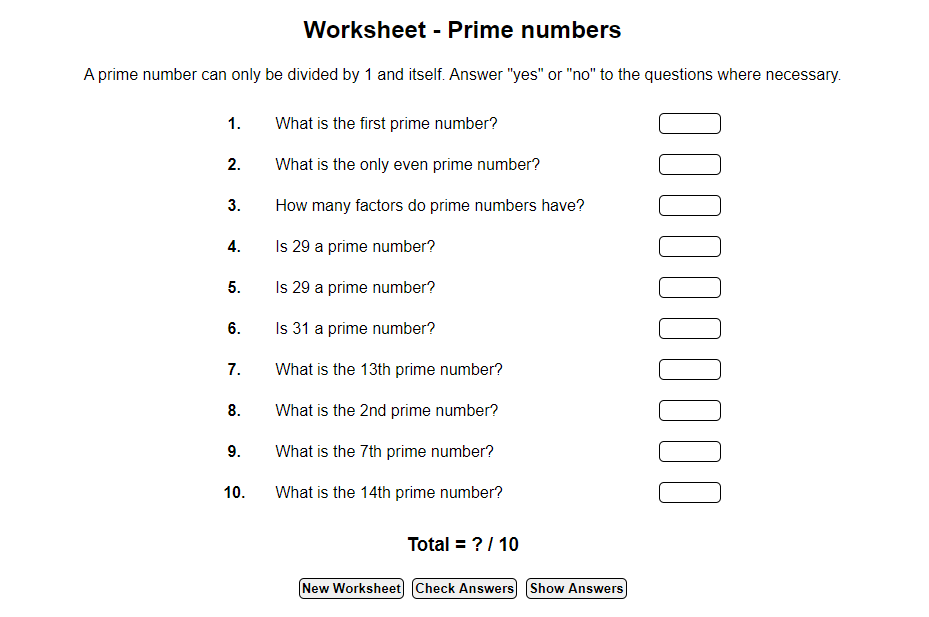
This handy little revision resource creates 10 questions on prime numbers for students to answer. Once they’re done, just hit ‘new worksheet’ and it’ll create more.
Bonus | Prime numbers to 1000
Just in case you wanted them all in one easy place to copy and paste, here they are:
2, 3, 5, 7, 11, 13, 17, 19, 23, 29, 31, 37, 41, 43, 47, 53, 59, 61, 67, 71, 73, 79, 83, 89, 97, 101, 103, 107, 109, 113, 127, 131, 137, 139, 149, 151, 157, 163, 167, 173, 179, 181, 191, 193, 197, 199, 211, 223, 227, 229, 233, 239, 241, 251, 257, 263, 269, 271, 277, 281, 283, 293, 307, 311, 313, 317, 331, 337, 347, 349, 353, 359, 367, 373, 379, 383, 389, 397, 401, 409, 419, 421, 431, 433, 439, 443, 449, 457, 461, 463, 467, 479, 487, 491, 499, 503, 509, 521, 523, 541, 547, 557, 563, 569, 571, 577, 587, 593, 599, 601, 607, 613, 617, 619, 631, 641, 643, 647, 653, 659, 661, 673, 677, 683, 691, 701, 709, 719, 727, 733, 739, 743, 751, 757, 761, 769, 773, 787, 797, 809, 811, 821, 823, 827, 829, 839, 853, 857, 859, 863, 877, 881, 883, 887, 907, 911, 919, 929, 937, 941, 947, 953, 967, 971, 977, 983, 991, 997





